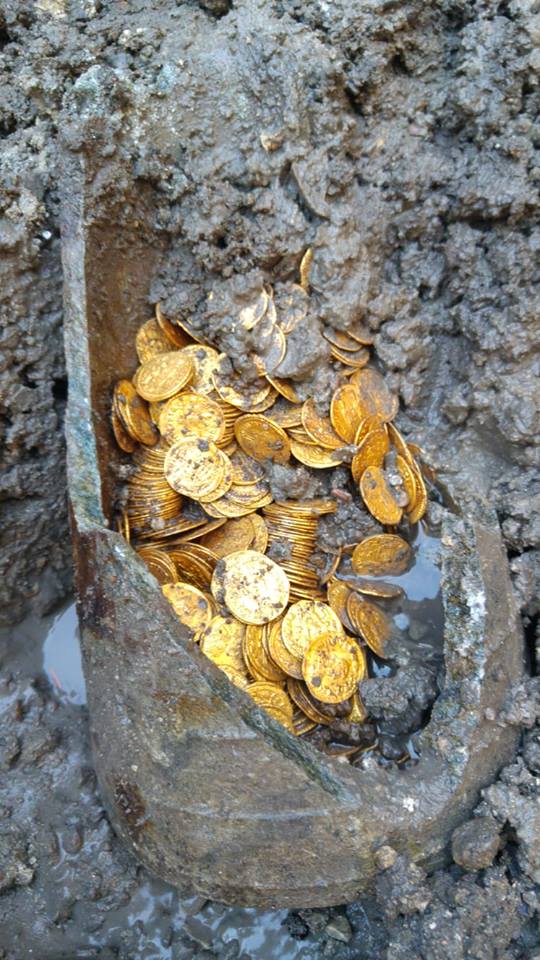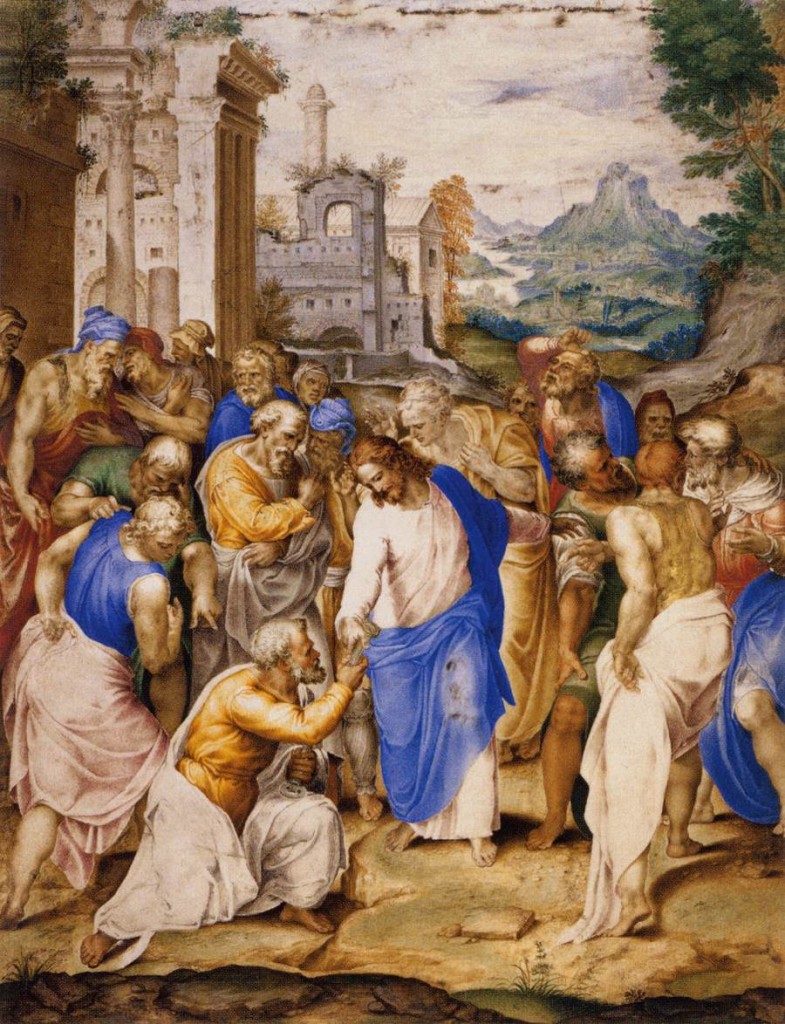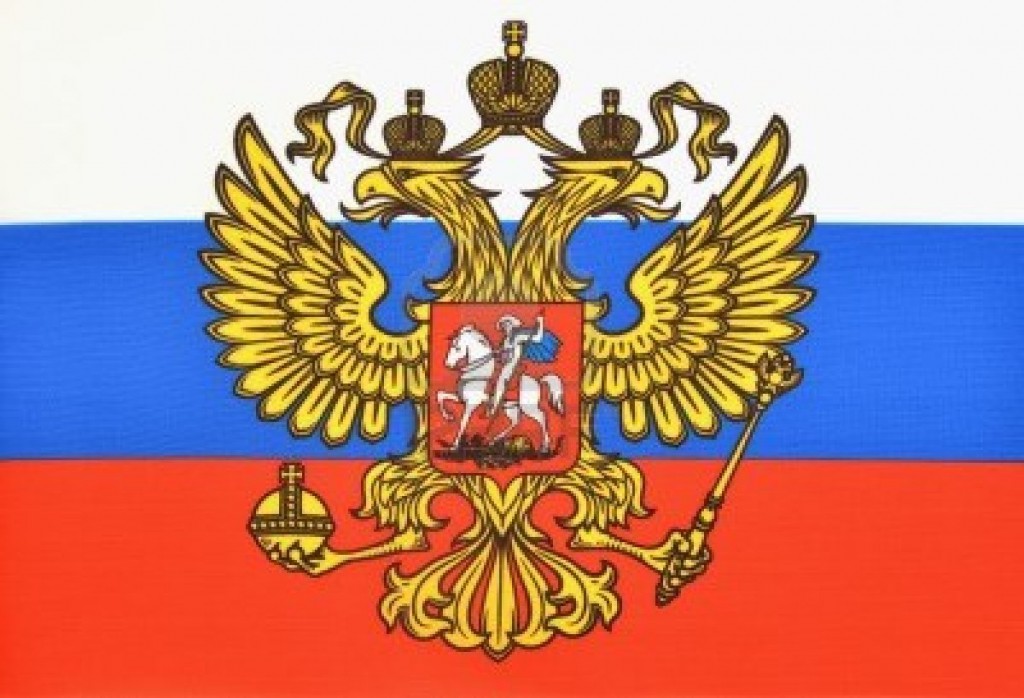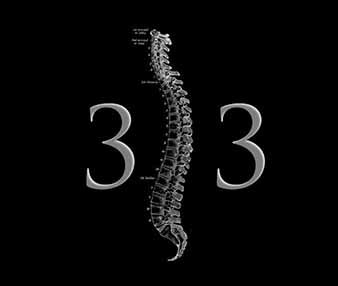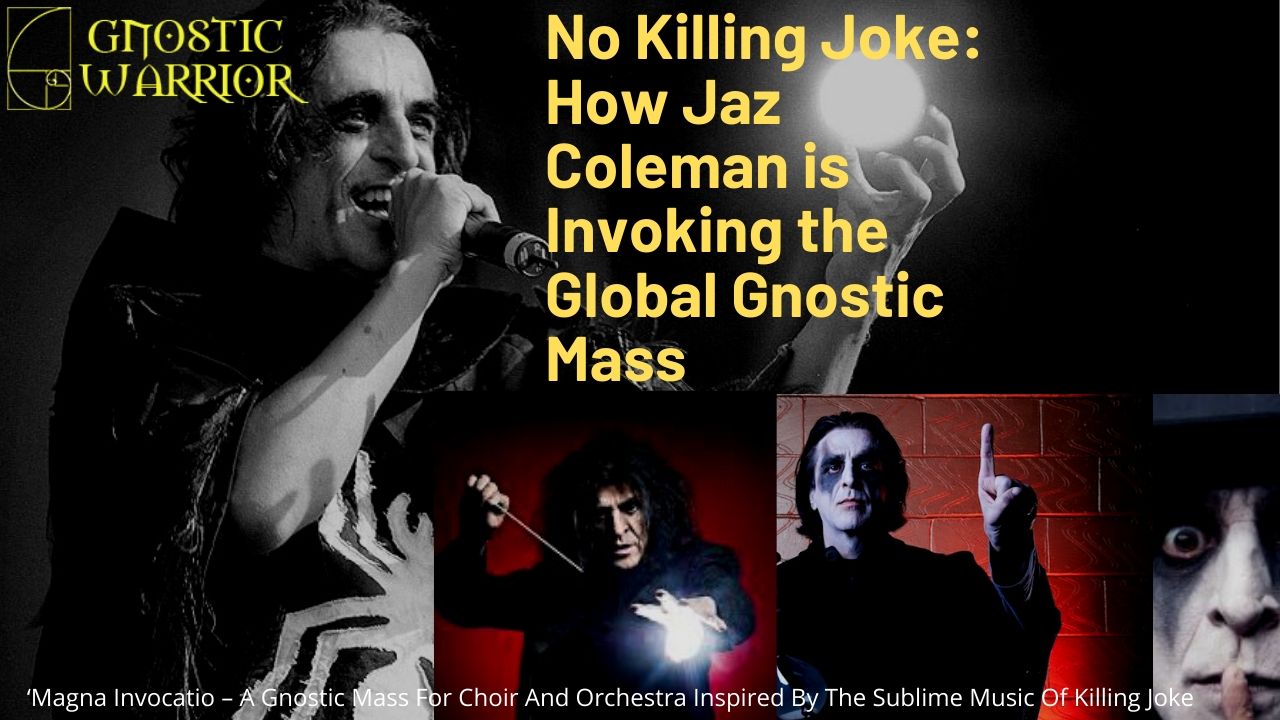You will find that one of the most ancient and esteemed of all Freemasonic symbols is also the least known by many modern Masons. The symbol I speak of you will discover is not relayed to us in words or in history books, but can be found etched into the immortal stones of some of the Western world’s most prestigious Christian cathedrals.
But before we reveal the symbolism, we first must understand the history and mysticism that comes from the ancestors of modern-day Masons who were known in ancient times as the Comacine Masters (Magistri Comacini).
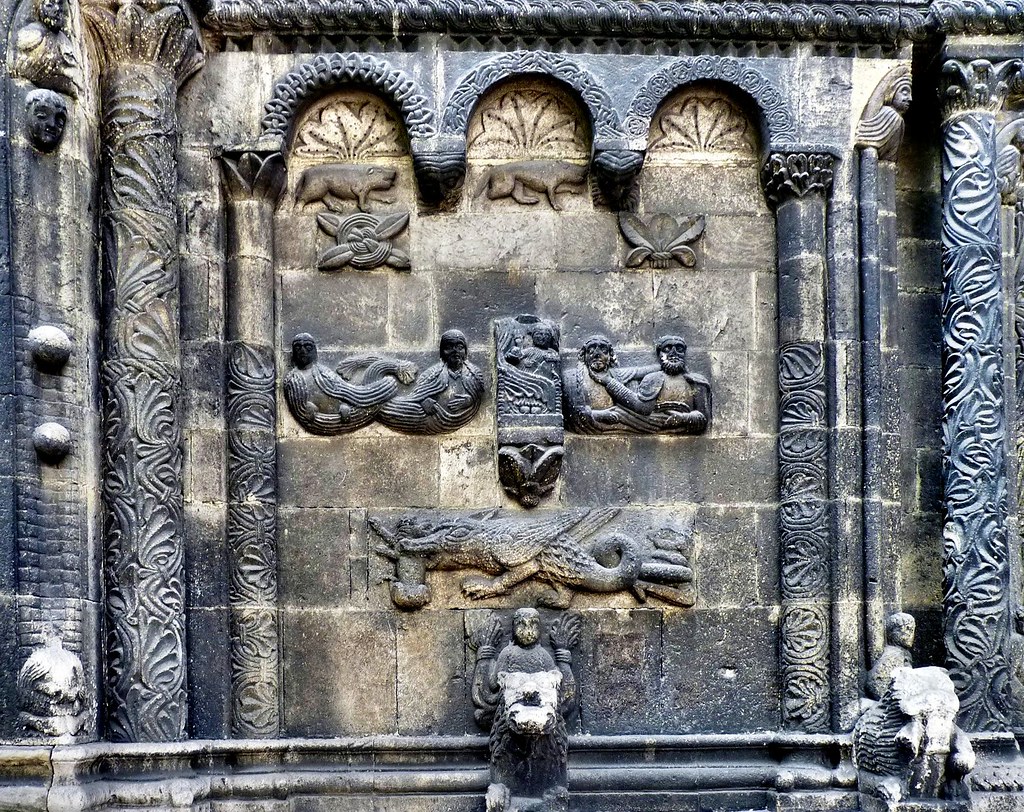
The Comacini derive their name from the Old Roman ruled colony called Novum Comum founded in 59 BCE by the Father of the Roman Empire – Julius Caesar. It was Julius who wisely imported 6000 colonists, among whom it was said there were 500 illustrious Greek or possibly Phoenician/Cretan families by which the population was formed.
One of these families was that of Plinius Secundus, also known as Pliny the Elder who became a “Roman Citizen” and I believe his family originally immigrated to Italy from either Athens or Crete and settled in Lake Como with those first colonists which also happened to a favorite resort of the Greeks who traveled there often;
Freemasonic historian, Albert C. Mackey had written about the younger Pliny having a villa there that was made by a mane name Mustio who was a Comacine architect. Mackey writes;
“It is usual to record that Como was the birthplace of the elder and younger Pliny. The younger Pliny had a villa here called Comedia and was much interested in building the city having founded baths, a library, and aided in charity for the support of orphan children.
Of the many letters of the younger Pliny that remain, one is to his builder, Mustio, a Comacine architect, commissioning him to restore the temple of the Eleusinian Ceres, in which, after explaining the form of design he wished it to take, he concludes.”
Mackey said; “There are found many interesting intrench remains of early carvings of the Comacine or Solomon’s Knot (see the illustration of parapet). On a site of an earlier church stands the present Cathedral of Como, which is built entirely of marble. (1)
Like Mackey, I have also found Comacine Masonic Master’s Monuments that still stand to this very day all over the world such as Greece, Italy, Ireland, England, Germany, Switzerland, and Russia. An International bridge of wisdom hidden in stone connecting all Masons and also the Christian heritage regardless of their race, religion, and or nationality.
This Cosmopolitanian fact would extend into the religious world given the fact that the Comacine and Frank Freemasons were the main Operative Masons since the time Saint Augustine and Saint Bede to be employed by the Roman Catholic Church in the building of all their stone cathedrals. Saint Bede, Doctor of the Catholic Church and Father of English History describes these events as it relates to his time in the book, The historical works of the venerable Bede;
“After an interval of not more than a single year from the foundation of the monastery, Benedict crossed the ocean and passed into Gaul, when he made inquiry for masons who could build him a church of stone after the Roman style, which he always loved. These he obtained, and brought them home with him; and such zeal in the work did he exhibit—out of his love for the blessed Peter, to whose honour he was doing this—that in the course of one year from the time when the foundations were laid, the church was roofed over, and within it you might have witnessed the celebration of masses.”
When the work was drawing to its completion, he sent messengers to Gaul to bring over glassmakers (a kind of workman hitherto unknown in Britain) to glaze the windows of the church, and its aisles‘ and chancels.”
Bede further writes; “And so it happened that when they came they not only accomplished that particular work which was required of them, but from this time they caused the English nation to understand and learn this kind of handicraft, which was of no inconsiderable utility for the enclosing of the lamps of the church, or for various uses to which vessels are put. Moreover, this religious trader took care to import from the regions beyond the sea, if he could not find them at home, whatever related to the ministry of the altar and the church, and to holy vessels, and vestments.”
Freemasonic historian and author, Joseph Fort Newton, summarizes this history succinctly in his early 20th-century publication, The Builders, Newton had written;
“With the conquest of Britain by the Romans, the Collegia, without which no Roman society was complete,made their advent into the island, traces of their work remaining even to this day. Under the direction of the mother College at Rome, the Britons are said to have attained to high degree of excellence as builders, so that when the cities of Gaul and the fortresses along the Rhine were destroyed, Chlorus, A. D. 298, sent to Britain for architects to repair or rebuild them. Whether the Collegia existed in Britain after the Romans left, as some affirm, or were suppressed, as we know they were on the Continent when the barbarians overran it, is not clear.
Probably they were destroyed, or nearly so, for with the revival of Christianity in 598 A. D., we find Bishop Wilfred of York joining with the Abbott of Wearmouth in sending to France and Italy to induce Masons to return and build in stone, as he put it, “after the Roman manner.”
This confirms the Italian chroniclists who relate that Pope Gregory sent several of the fraternity of Liberi muratori with St. Augustine, as, later, they followed St. Boniface into Germany.
Again, in 604, Augustine sent the monk Pietro back to Rome with a letter to the same Pontiff, begging him to send more architects and workmen, which he did.
As the Liberi muratori were none other than the Comacine Masters, it seems certain that they were at work in England long before the period with which the OLD CHARGES begin their story of English Masonry. Among those sent by Gregory was Paulinus, and it is a curious fact that he is spoken of under the title of Magister, by which is meant, no doubt, that he was a member of the Comacine order, for they so described their members; and we know that many monks were enrolled in their lodges, having studied the art of building under their instruction.
St. Hugh of Lincoln was not the only Bishop who could plan a church, instruct the workman, or handle a hod. Only, it must be kept in mind that these ecclesiastics who became skilled in architecture were taught by the Masons, and that it was not the monks, as some seem to imagine, who taught the Masons their art. Speaking of this early and troublous time, Giuseppe Merzaria says that only one lamp remained alight, making a bright spark in the darkness that extended over Europe:
It was from the Magistri Comacini. Their respective names are unknown, their individual works unspecialized, but the breadth of their spirit might be felt all through those centuries, and their name collectively is legion. We may safely say that of all the works of art between p. 115 A. D. 800 and 1000, the greater and better part are due to that brotherhood—always faithful and often secret—of the Magistri Comacini. The authority and judgment of learned men justify the assertion.” (2)
According to Albert Mackey, for this Great Work, Freemasons are indebted to the Catholic Church and these Masons for building these Roman Churches. Mackey had said, “We Speculative Masons should give full credit to the Roman Catholic Church for employing and fostering our Operative Brethren through many centuries and making possible Speculative Freemasonry of to-day, even though the Church is now our avowed enemy.”
These French Comacine masons that Bede mention I have found were known for their opus gallicum (Latin for “Gallic work”). This was a technique where precise holes were created in stone masonry for the insertion of wooden infrastructure. These building techniques are mentioned in Julius Caesar’s De bello Gallico and they were used extensively in church architecture.
In researching this history, it appears that the Comacine Masters had really gained momentum during the invasions of Rome by the Lombards of Germany when they gained their patronage. According to Mackey;
“The Lombards, who had come from northern Germany and settled in northern Italy in 568, at once began to develop along many lines which made Lombardy known all over Europe—the result of which influence Europe feels to-day. They developed along lines which in our every-day parlance may be called business.
They were not primarily architects or builders, and they employed the Comacines for this kind of work and it was the Comacines who developed what is known today as Lombard architecture, covering a period that we may roughly put as from the seventh century to the Renaissance.
The first to draw attention to the name Magistri Comacini was the erudite Muratori, that searcher out of ancient manuscripts, who unearthed from the archives an edict, dated November 22, 643, signed by Rotharis, in which are included two clauses treating of the Magistri Comacini and their colleagues. ” (1)
In an old publication, the Journal of the Royal Institute of British Architects, Volume 6 it says;
“Our earliest documentary token of the corporate activity of the Guild is to be found in an edict of King Rotharis, dated 643, and brought to light by the archaeologist Muratori, which contains two clauses relating to the conditions for compensation and liability for accidents on buildings under the charge of the Magistri Comacini.
These are sufficient to prove their existence as a recognized body in the seventh century. Their origin has been ascribed by various theorists to Rome, Byzantium, and the East. The Germans, I believe, have been the chief supporters of the theory of Byzantine origin, while that which points to an Oriental source depends upon the internal evidence in the works of the Guild of supposed Eastern symbolism in certain forms of decoration. On the whole, the view that the Comacine masters are the descendants of the Roman collegia is the best attested and the most inherently probable.
It is backed by the prevalence of what we may call Comacine work in many of the so-called Lombard and pre-Lombard churches of Rome, in one of which, the Sub-Church of San Clemente, a fresco of the eighth century represents what Leader Scott claims to be a Magister in the act of directing his subordinates.
Cesare Cantu, in his Storia di Como, perhaps in jealousy for the special honour of Como, looks upon the Comacine Magistri as the parents of modern Freemasonry. Whether this be so, or whether the Comacine masons were only a link in a still longer chain of succession, there is no doubt as to the points of similarity in the Comacine constitution and that of the Freemasons.” (3)
Looking further into this lost history, I found some fascinating information shared by the authors, J. G. Findel, Carl van Dalen in a German book on the History of Freemasonry. They write;
“Upon the overthrow of the Republic, when all other corporations lost their privileges, owing to the despotism of the Emperors, the thirst of the rulers for splendor and renown caused the collegia to be confirmed in nearly all their former rights‘ and privileges. Three members were at least required to form a college, and no one was allowed to be a member of several colleges at the same time.
Lay or amateur members (patrons) were admitted; the corporations held their meetings in secluded rooms or buildings exclusively appropriated to that purpose, and most of them had their own schools for the instruction of apprentices and lower grades of workmen. They had also their own peculiar religious ceremonies and priests, and an exchequer belonging to the corporation, an archive, and their own seals.
The members took an oath mutually to assist each other; indigent members received relief, and on their demise were buried at the expense of the corporation. They kept registers of the members, some of which are still extant; they had also their records, their masters (magistri), wardens (decuriones), fellow-crafts and apprentices, censors, treasurers, keepers of archives, secretaries, and serving brethren.”
The authors conclude, “Their tools and implements had, besides, a symbolical meaning, and in religious matters they were tolerant.” (4)
The Grand Lodge Bulletin, Volumes 15-17 details how they were not ordinary workmen, but true artists whose symbol was King Solomon’s Knot and when the Comacine were driven out of Rome, they took refuge in Lombardy, Northern Italy;
“When the Collegia were driven out of Rome, they took refuge in Lombardy, and the Comacine Masters were almost certainly their successors. Those Masters were not ordinary workmen. They were artists, and to them were due to the changes in styles of architecture in Europe during the cathedral-building period, as Hallam tells us in his study of the Middle Ages. For a long time these changes of style, appearing simultaneously everywhere, puzzled students. Further knowledge of this powerful and wide-spread order explained it.
They had their lodges, each with its master and wardens; their oaths, tokens, grips, and passwords, which, as Hallam says, formed a bond of union stronger than legal ties. They wore white aprons and gloves.
“King Solomon’s Knot” was one of their emblems, and the endless, interwoven cord another—but, later, the lion’s paw became their symbol. With the decline of Gothic architecture their order seems to have declined, or, rather, coalesced with the other guilds of masons.” (5)
The Quatuor Coronati Masonic Research Lodge details this time period showing that it was under the patronage of Charlemagne that the Comacine had truly flourished into an international order connecting Masons in Italy, France, and Germany and how the Bavarian Catholic Illuminatus, Albertus Magnus has helped strengthen their bonds by his writings. They had written;
“It was under the widespread rule of Charlemagne that the Comacines began their many emigrations. Adrian I. wrote for Magisiri from the north of Italy to execute works in Rome, and still existing Comacine intricacy are a proof of their work there in the 9th “century. Charlemagne is known to have brought marbles from Italy for his church at Aix-la-Chapelle, and the Lombard character of its style suggests that he also imported architects, who could scarcely have been other than the Comacine Masters.
In the troublous times which succeeded the withdrawal of the Carlovingian dynasty from Italy the Guild found more employment in building castles than churches, and it was not until the distant warfare of the Crusades left Italy comparatively tranquil that the art of sculpturesque architecture revived. Leader Scott gives the genealogy of the style as follows:
“ First the Comacines continued Roman traditions as the Romans continued Etruscan “ ones; next, they orientalized their style by their connection with the East through “ Aquileia, and the influx of Greek exiles into the Guild. Later came a different influence “ through the Saracens into the South, and the Italian Gothic was born.”
Independently of Charlemagne the great building guild of the Middle Ages had another connection with France through the Normans. The old chronicles shew that S. Guillaume, Abbot of S. Benigne in Dijon, a Lombard by birth, sent to his own country for Masters to build his monastery there, and further that he was invited to Normandy by Duke Richard II., where he stayed twenty years erecting monasteries and sacred buildings, and that when William of Normandy conquered England the round arched style passed ‘over with him.
Certainly the oldest churches both in Normandy and England have great affinity to Lombard buildings, the chief difference being that the roof has a higher pitch, necessitated by the damp climate. Leader Scott adduces evidence to show that at the time of the Norman occupation of Sicily there was a large emigration thither of members of the Comacine Guild; which accounts for the architecture there having so much more affinity to Italian than to French-Norman forms; and it also accounts for the Saracenic cast which Lombard architecture took after that era.
In Germany the style of buildings, such as are found at Cologne, Worms, Speyer and Zurich, seems to prove that Lombard influence preceded the native Gothic architects who subsequently developed the pointed style. Leader Scott’s theory is that in their earlier emigrations the Comacine Masters founded the usual lodges; that the Germans entered their schools and became Masters in their turn, and eventually split off from the universal Masonic Brotherhood, forming a separate national branch. Albertus Magnus, a Bavarian who studied at Padua, strengthened the link between Germany and Italy.” (6)
BEFORE THE GERMAN REICH, THERE WAS THE GREEKS AND PHOENCIANS
If we are to look back to the history of the first Comacine Masters under Julius and Augustus Caesar, we will find that they were visiting and building in Germany since that time and even Pliny the Elder who at the age of about 23 went to Germany, where he served under L. Pomponius Secundus to the command of a troop of cavalry (praefectus alae), and afterward wrote a memoir of Secundus. It was said that Pliny had traveled over most of the frontier of Germany and the Danube where he composed over 20 books including his treatise de Jaculatione equestri and a history of the Germanic wars.
When Pliny went back to Rome it was said to be during part of the reign of Nero when he spent his day in retirement. (7)
This Comacine connection to Pliny and Nero I detail in my 2nd follow up article, “The Lost Masonic Treasure of the Comacine,” where I will put forth research of a possible lost hoard of gold that appears to belong to the exact time period and to Ceasar’s Comacine Masters
THE COMACINE LOST SYMBOL
The symbol that ties Masons to one another through the Ages is called the “Comacine Knot” and also “Solomon’s Knot.” In Latin, sigillum Salomonis, meaning the “Seal of Solomon” to represent the “immortality and eternity” of their Great Work and also time, motion, and the powers of ancient hidden forces that govern our universe.
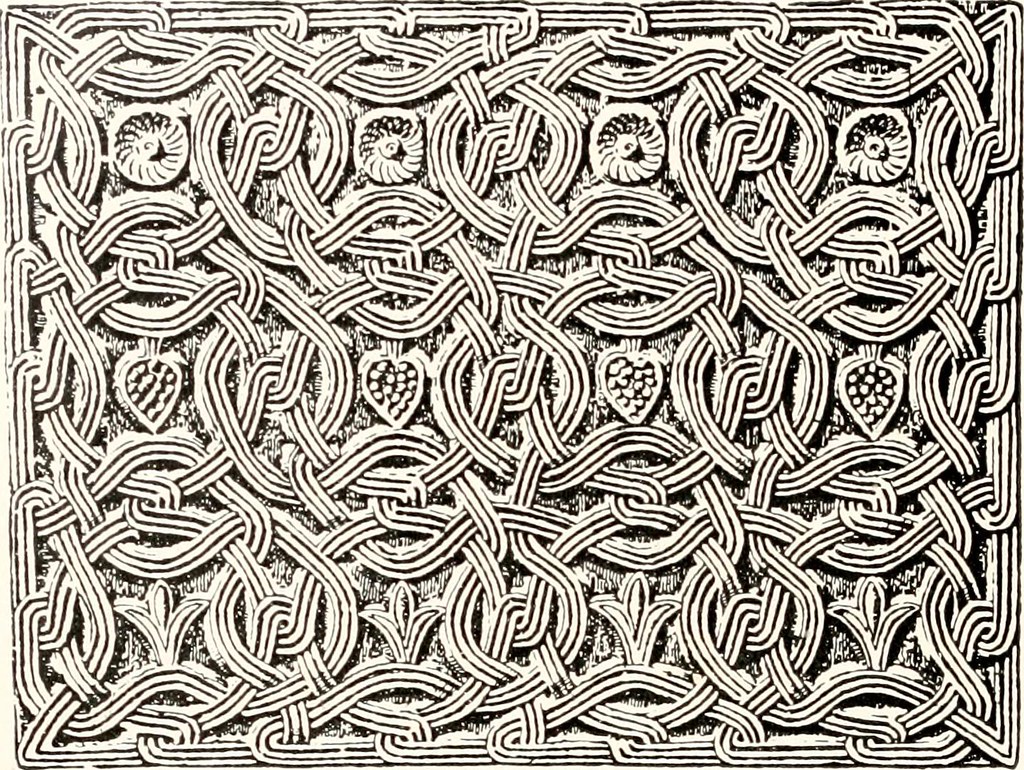
Here is an excerpt from the Royal Society of Antiquaries of Ireland showing the importance of this symbol;
“The existence of the guild under the Longobard rule having been proved, and their intimate connexion with and responsibility for the erection of the most famous buildings of the Lombardic type, the author goes on to show the numerous foreign emigrations of the Comacine Masons and establishes the Norman and German link.
An interesting chapter on the origin of Saxon architecture by the author’s brother, the Rev. W. Miles Barnes, tends to show that the Comacines were the survival of the Roman Collegia, and that when St. Augustine came to England he brought architects and masons with him, and that these would be chosen from the Comacines then firmly established under the patronage of the Popes.
For Irish archaeologists, the most interesting theory is that developed in the chapter on the Pound Towers and Crosses of Ireland, whereby a Comacine influence is shown in the ornament of our Crosses. The interlaced work, so long considered as peculiarly Celtic, is shown to be purely Comacine, and whether known as the Italian intreccio, meandro, or “Solomon’s knot,” it is the distinguishing badge of the Comacine Masons.
The author, in this connexion, says on page 82:
“In studying the scrolls and geometrical decoration of the Comacines, one immediately perceives that the intreccio, or interlaced work is one of their special marks. I think it would be difficult to find any church or sacred edifice, or even altar of the Comacine work under the Longobards which is not signed, as it were, by some curious interlaced knot or meander, formed of a single tortuous line. The Comacine believed in his mystic knot; to him, it was a sign of the inscrutable and infinite ways of God whose nature is unity. The traditional name of these interfacings among Italians is ‘Solomon’s knot.'” (8)
To add to the story of this symbology, I interpret it as an interlacing global knot of living human stones who have been imbued into the very stones that they put their heart and souls into. A Testament of the Masonic will to one day create a worldwide temple of Wisdom under God and our Lord allegorically referred to in the ancient teachings as “Solomon’s Temple.”
It is in the meaning of Comacine that all Freemasons of the past, present, and future must realize that tie them together in a multi-racial, multi-ethnicity, and multi-national corporation of operative artificers. In my articles on their Capitals named Tyre, I list many of their major Masonic cities starting in Egypt then to the West in Crete and into Europe.
The Knot of the Comacine reveals to us a compound word comprised of the words “com, a and cine” that constitute the ancient ethos of the order.
The word com means “with, together, unite” and derivative words with similar meaning would be words like commune, community, comrade, commissar, communist, etc.
The meaning of the word ‘a’ is “to identify a thing or person and used to indicate membership of a class of people or things”
The last word in Comacine is cine which means tribe, clan, kindred, or Brothers.
It is derived Anglo-Saxon Cynn, Old English Kin, Irish Cine, Scotch Gaelic Cinneadh or Cinne, and Welsh Cenell derived from a root Cinn, to grow or increase, and meaning the increase or growth of a family, tribe or clan by successive generations.”(9) Also cennan; German kennen, to know, kindred; acquaintance: kith and kin, blood relations; friends and relations. (10)
Words derived from this Brotherhood are kind and kindness ie: goodwill and benevolence. (11)
SOURCES:
1. ENCYCLOPEDIA OF FREEMASONRY AND ITS KINDRED SCIENCES by ALBERT C. MACKEY M. D.
2. The Builders, by Joseph Fort Newton, [1914]
3. History of Freemasonry – Translated from the second German edition By J. G. Findel, Carl van Dalen
4. Journal of the Royal Institute of British Architects, Volume 6
5. Grand Lodge Bulletin, Volumes 15-17
6. Ars Quatuor Coronatorum: Being the Transactions of the Quatuor …, Volume 12
7. A Classical Dictionary of Greek and Roman Biography, Mythology and Geography By William Smith
8. Journal By Royal Society of Antiquaries of Ireland
9. Proceedings of the Society of Antiquaries of Scotland, Volume 32 By Society of Antiquaries of Scotland
10. The Encyclopaedia Britannica: A Dictionary of Arts, Sciences -Volume 4
11. A Dictionary of the English Language By James Stormonth, Philip Henry Phelp

Moe is the founder of GnosticWarrior.com. He is a father, husband, author, martial arts black belt, and an expert in Gnosticism, the occult, and esotericism.

